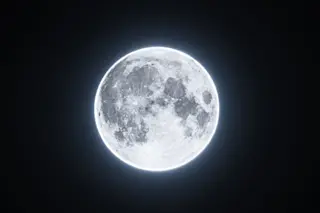Why so blue? This most calming color has woven itself into the fabric of our language, and it’s hard to imagine a world without the azure hue of the ocean or sky. However, there’s some evidence to suggest that the people of the past didn’t see the same world that we do, or, at least, didn’t describe it in the same way.
Historical records in various languages, from ancient Greek to ancient Hebrew, make no explicit references to blue, despite having terms for other hues like black and red. Its absence from these records suggest that the color may have simply come out of the blue.
Read More: The Meaning of Colors
In the 1850s, British scholar and soon-to-be Prime Minister William Gladstone became one of the first to claim that ancient works were written in a blue-less era. Perhaps the most infamous instance of this omission was in Homer’s ...














